Ba Thien Hau Pagoda, a slice of China in Saigon
Mon, 28 Oct 2019 13:51:00 | Print | Email Share:
Tue Thanh Assembly Hall, also called Ba Thien Hau Pagoda, is one of the oldest pagodas built by Chinese in Ho Chi Minh City.
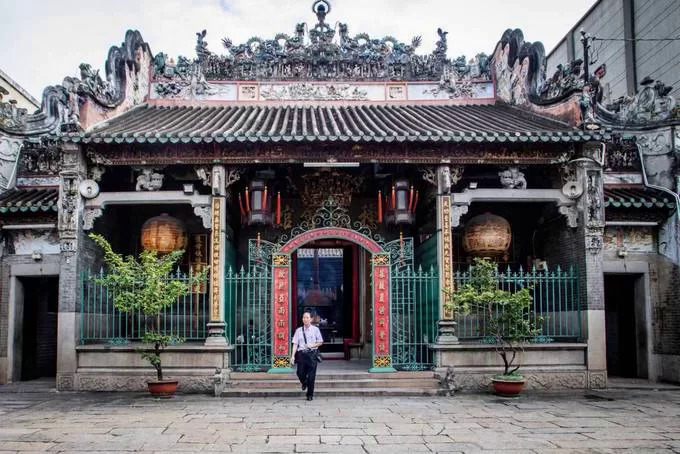
Documents found in the pagoda, located at 710 Nguyen Trai Street, District 5, show that in the 1760s merchants from China's Guangzhou Province sailed to Vietnam to trade. On each of their ships, they would worship a Goddess and seek her protection during their trip.
In those days ships depended on the winds, and so sometimes the traders had to remain in Vietnam for several months until the winds turned favorable. Some of them donated money to build this assembly hall for them to stay during such sojourns.
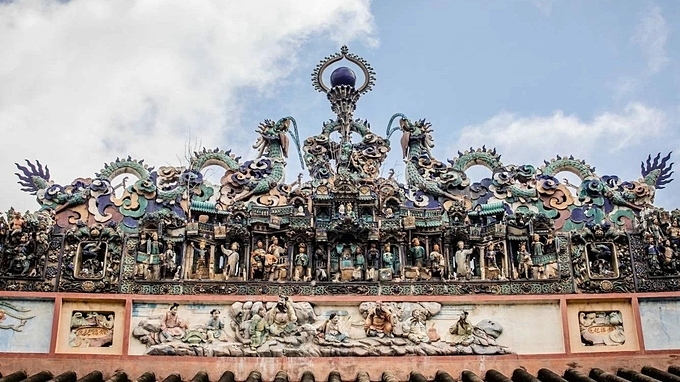
The idols on the ceramic roof of the pagoda are considered the most unique aspect of the place. The roof was built in 1908. Right at the top are the idols of two dragons and a pearl, the middle layer has idols of Xuanzang and his students and other smaller images from Chinese legends, and at the bottom is a tableau from the Eight Immortals in Chinese mythology.
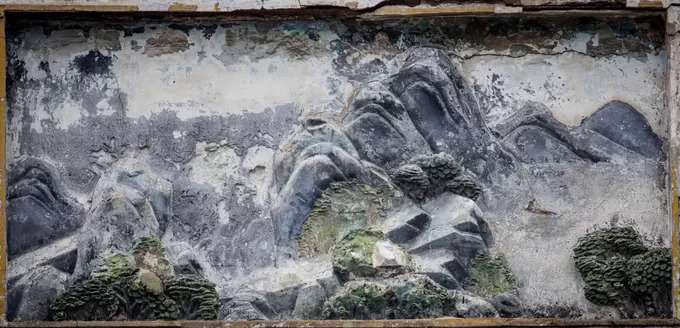
The bas-reliefs on one side of the pagoda yard were crafted using the brick-touch technique. This is a famous Chinese sculptural form in which craftsmen use chisels and wooden hammers to carve images on bricks to decorate the interiors and exteriors of shrines.
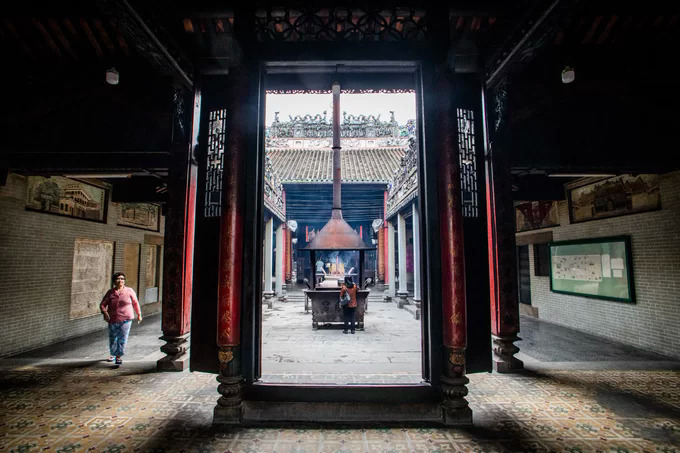
Despite many restorations, the pagoda has retained its original characteristics like ancient and unique Chinese architectural styles.
The pagoda is a combination of several structures linked together to create a shape that resembles certain Chinese characters. The three blocks in the middle make up the front, middle and rear pagoda halls.
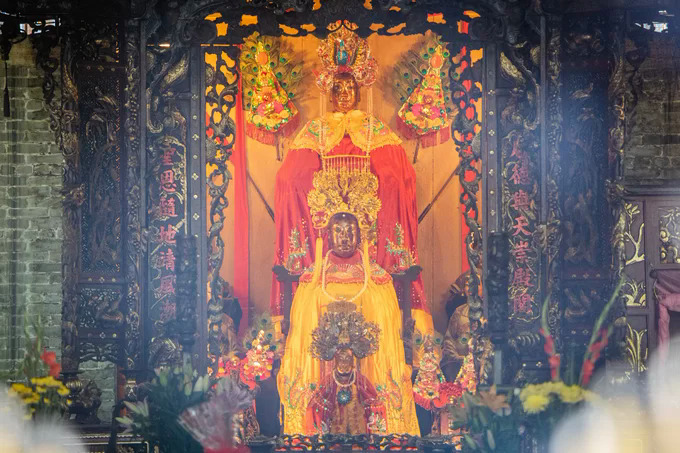
The idol of Goddess Thien Hau in the main hall was made from a one-meter-high wooden block. The idol was made before the pagoda was built and originally worshiped in Bien Hoa Town, Dong Nai Province, before being moved to this pagoda in 1836.
Goddess Thien Hau is seen as the patron deity of fishermen and seafarers and venerated in Buddhism and Taoism in East Asian countries.
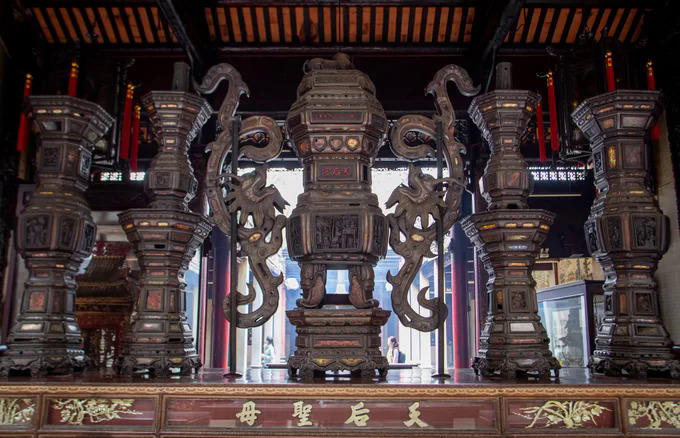
The pagoda management said the place has nearly 400 antiques, including seven idols of gods, six stone idols, nine stone steles and four bronze incense burners.
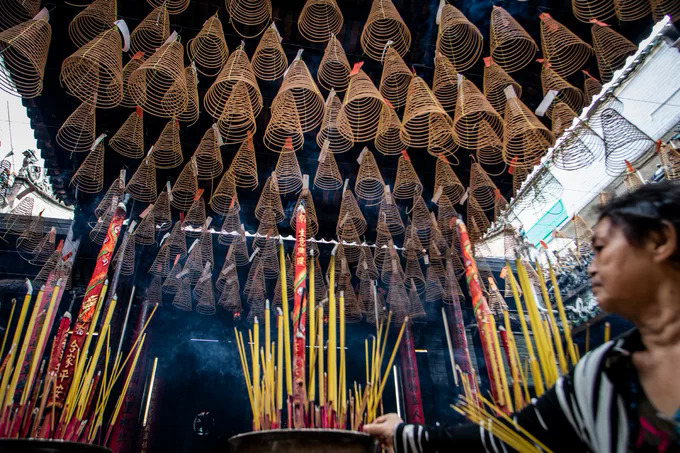
Another highlight of the pagoda is the hanging incense sticks. Visitors can buy incense sticks and write down their wishes and hopes on a piece of paper. The pagoda administrator then hangs the incense up high as if sending the prayers to the goddess.
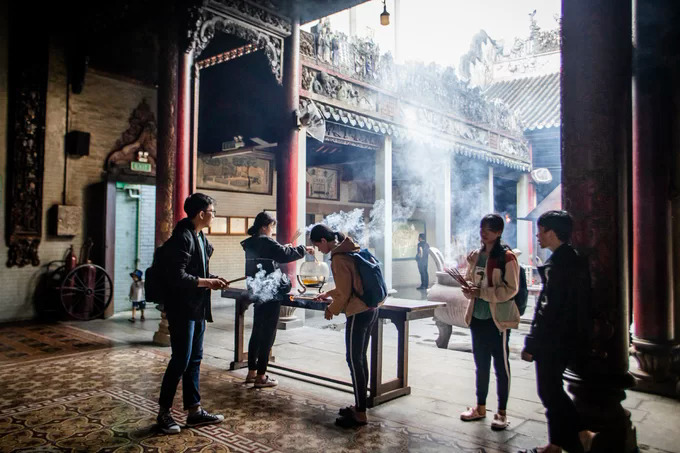
A group of students burn incense near the open yard, which besides allowing natural light also lets the smoke out of the pagoda.
According to the management board, the place is usually crowded on holidays, New Year and full moon days or the Goddess Thien Hau worship day on the 23rd of the third lunar month.
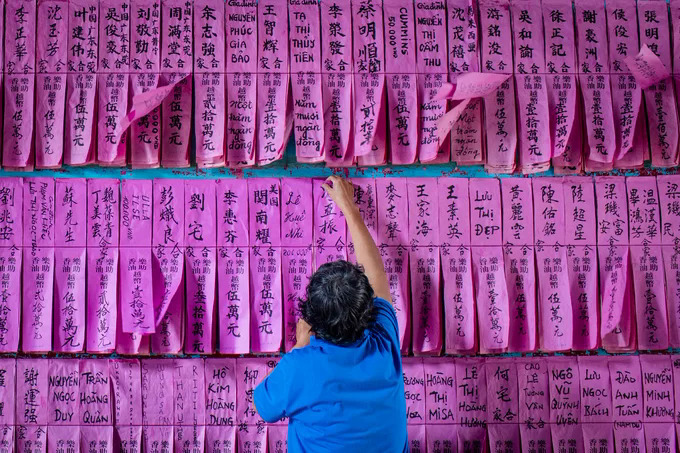
The corridors of the pagoda are filled with paper notes recording the names of donors and the amount of money they gave.
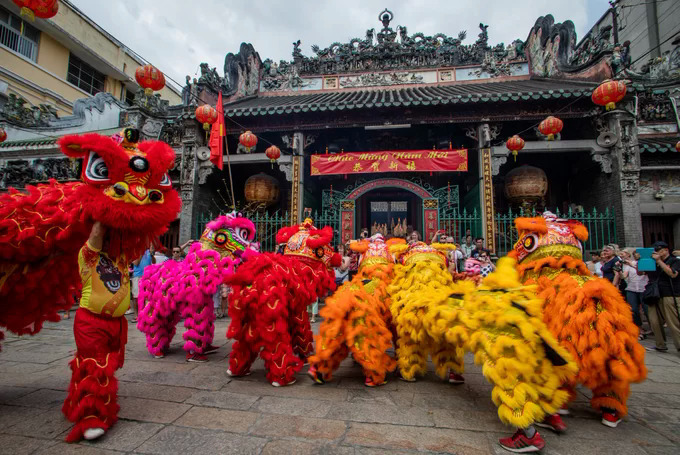
Just before Lunar New Year the pagoda attracts hundreds of lion dance troupes from Ho Chi Minh City and Binh Duong Province who come to pray for good fortune and a happy and prosperous year.
By: Thanh Nguyen/Vnexpress
---------------------------------------------
Same category News :













